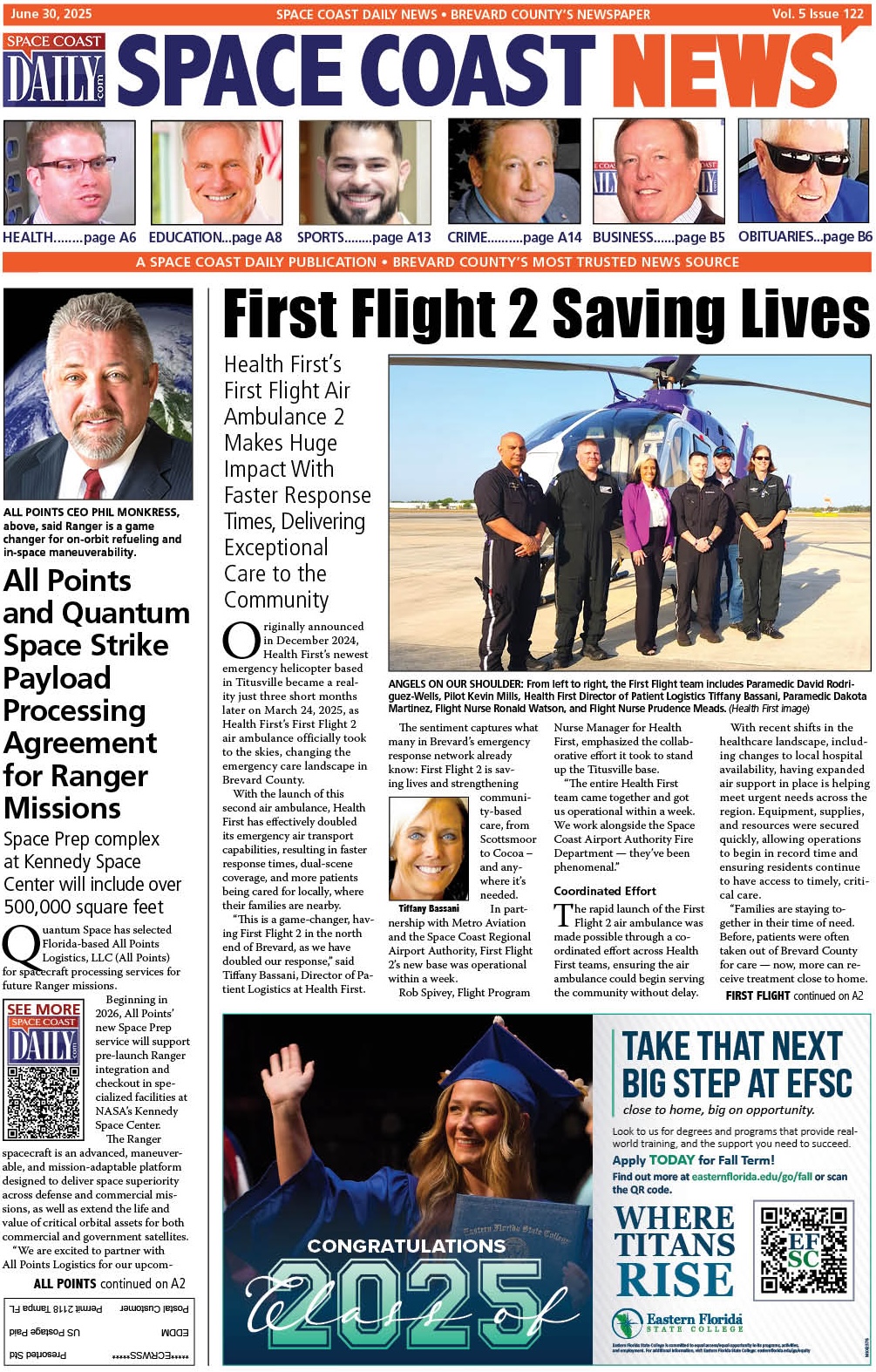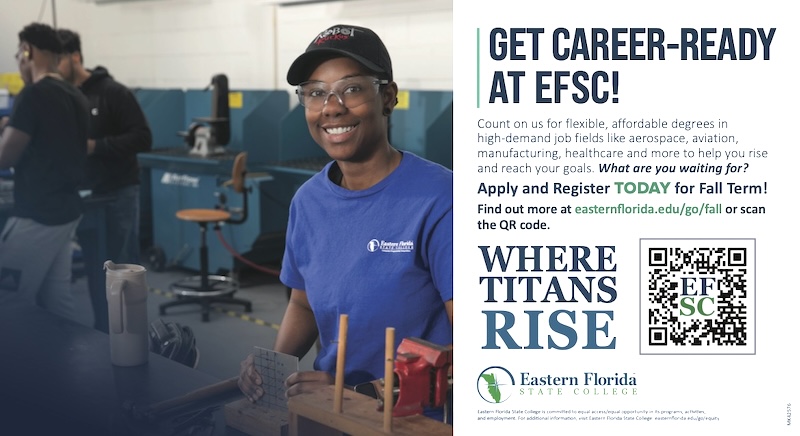The Audacious Rescue Plan That Might Have Saved Columbia
By Lee Hutchinson // February 26, 2014
an excerpt from arstechnica.com
ABOVE: PBS PRESENTS SPACE SHUTTLE COLUMBIA – MISSION OF HOPE
The Untold Story of the Rescue Mission That Could Have Been NASA’s Finest Hour
At 10:39 Eastern Standard Time on January 16, 2003, Space Shuttle Columbia lifted off from pad 39A at the Kennedy Space Center in Florida.

A mere 81.7 seconds later, a chunk of insulating foam tore free from the orange external tank and smashed into the leading edge of the orbiter’s left wing at a relative velocity of at least 400 miles per hour (640 kph), but Columbia continued to climb toward orbit.
The foam strike was not observed live. Only after the shuttle was orbiting Earth did NASA’s launch imagery review reveal that the wing had been hit.
Foam strikes during launch were not uncommon events, and shuttle program managers elected not to take on-orbit images of Columbia to visually assess any potential damage. Instead, NASA’s Debris Assessment Team mathematically modeled the foam strike but could not reach any definitive conclusions about the state of the shuttle’s wing. The mission continued.
In reality, the impact shattered at least one of the crucial reinforced carbon-carbon heat shield panels that lined the edge of the wing, leaving a large hole in the brittle ceramic material. Sixteen days later, as Columbia re-entered the atmosphere, superheated plasma entered the orbiter’s structure through the hole in the wing and the shuttle began to disintegrate.
At Mission Control in Houston, the flight controllers monitoring Columbia‘s descent began to notice erratic telemetry readings coming from the shuttle, and then all voice and data contact with the orbiter was lost.

Controllers continued to hope that they were merely looking at instrumentation failures, even as evidence mounted that a catastrophic event had taken place.
Finally, at 9:12 Eastern Time, re-entry Flight Director LeRoy Cain gave the terrible order that had only been uttered once before, 17 years earlier when Challenger broke apart at launch: “Lock the doors.”
It was an acknowledgement that the worst had happened; the mission was now in “contingency” mode. Mission Control was sealed off, and each flight controller began carefully preserving his or her console’s data.

Columbia was gone, and all seven of its crew had been killed. NASA refers to this most rare and catastrophic of events as an LOCV—”Loss of Crew and Vehicle.”
WAS AN IN-ORBIT RESCUE PRACTICAL?
So an in-orbit rescue was at least feasible—but making a shuttle ready to fly is an incredibly complicated procedure involving millions of discrete steps. In order to pull Atlantis’ launch forward, mission planners had to determine which steps if any in the procedure could be safely skipped without endangering the rescue crew.












